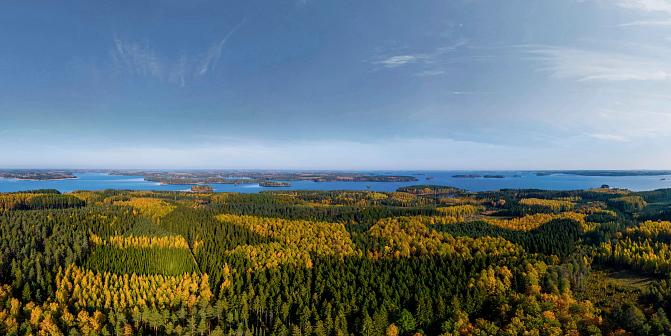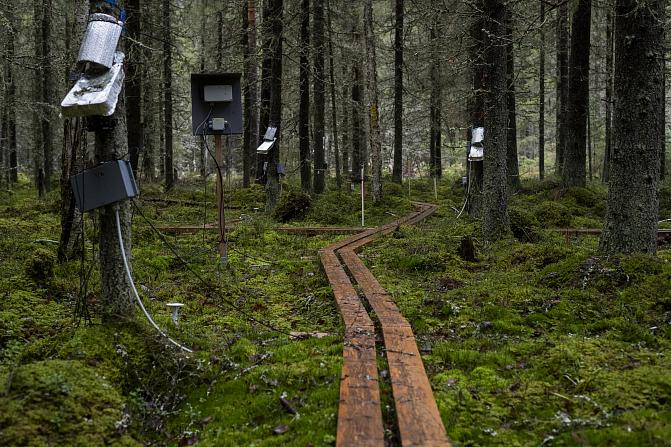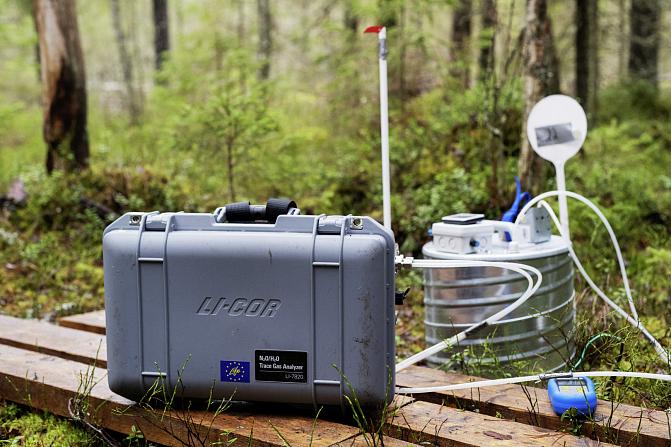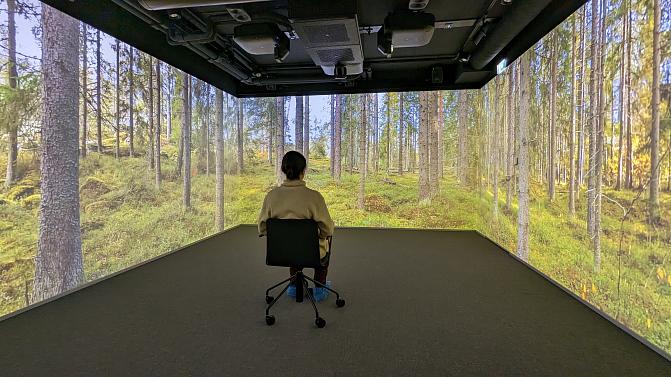Research forests
One per mil of Finland's forests are reserved primarily for research purposes
Luke and its predecessor, the Forest Research Institute, have had access to and managed research forests since the early 1920s. The first research forests in the area of present-day Finland were established in Vesijako in Padasjoki and Vilppula in 1922. Since their establishment, the research forests have been actively managed.
Today, Luke has 13 research forests covering a total area of almost 25 000 hectares. This area represents about one part per thousand of Finland's forest area and is estimated to provide sufficient coverage of forest habitats and climatic variation for experimental research.
The research forests include ongoing and completed experiments as well as areas free of experiments. An ongoing experiment is in active use. New experiments can be established in the areas free of experiments as needed.
In the management of areas free of experiments in research forests, the aim is to achieve a wide variation in the volume and structure of the stand, which creates opportunities for future experimental research, some of which is still open.
Metsähallitus manages research forests in accordance with Luke's guidelines
Field trips in research forests can be used to demonstrate the results of several experiments by walking short distances. Many excursions to research forests have been organised for forestry professionals and national and international research groups.





